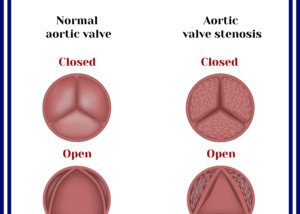
If you’re worried about “pump head” from the heart lung machine, there is now hope for people who need aortic valve replacement but cannot have open heart surgery.
“TAVR is the replacement of the aortic valve without cutting the chest open for replacing the valve under direct vision of a surgeon,” says Asim Cheema, MD, who’s board certified in internal medicine, cardiovascular diseases and interventional cardiology by the American Board of Internal Medicine. Dr. Cheema is with Your Doctors Online, an online doctor chat site.
TAVR is FDA-approved and makes it possible for patients who need an aortic valve replacement to have this done without the major invasion of traditional surgery, which includes the heart lung machine (cardiopulmonary bypass).
In this minimally invasive procedure, the heart remains beating while the damaged aortic valve is replaced.
TAVR stands for transcatheter aortic valve replacement.
No Heart Lung Machine
A team of highly skilled surgeons gain access to the patient’s heart via a small catheter that’s inserted into the skin.
The surgical team may consist of two interventional cardiolotists, a heart surgeon, a cardiothoractic surgeon and a cardiac anesthesiologist.
Replacement of the diseased valve is crucial for long-term survival.
The damaged aortic valve is replaced with a device that is made up of both a steel frame and animal tissue.
It’s fed into the catheter and then threaded to the heart, where it replaces the original, damaged aortic valve. The TAVR procedure takes two hours.
The replacement device is called the Edwards SAPIEN transcatheter and is quite strong.
It actually uses a portion of the patient’s diseased aortic valve to securely anchor in place.
Aortic Stenosis: Reduces Blood Supply
The situation that eventually necessitates surgical intervention is aortic stenosis (stenosis means narrowing), and primarily affects the older population.
This is a serious condition and is linked to a 50 percent increase in the risk of mortality from a heart attack.
Risk Factors for Aortic Valve Disease
- Age 65+
- Calcium deposits on the valve
- Lack of regular exercise
- Congenitally deformed aortic valve
- History of rheumatic fever
An echocardiogram and chest X-ray are among the tests that can detect this condition.










































